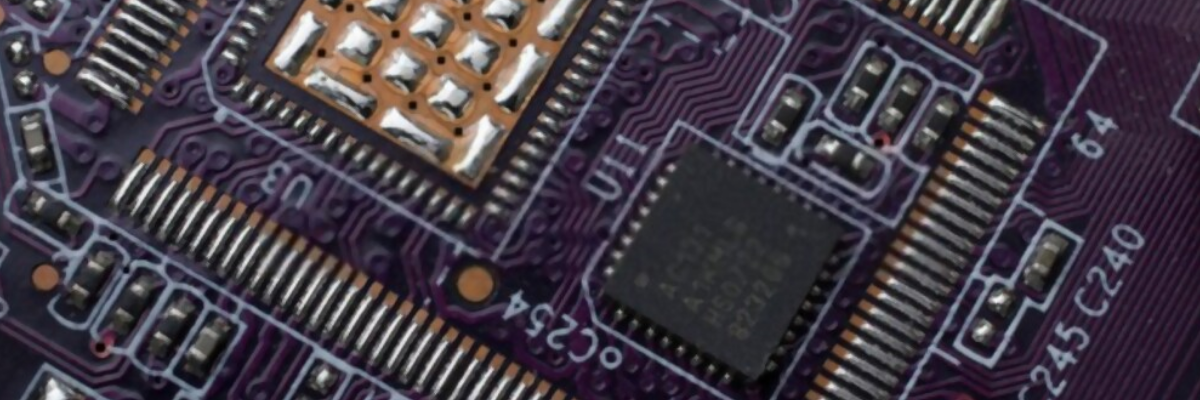

A large portion of the PCBs produced today are designed with mechanical tolerances of 10% or less. A good example of this is SMT boards for cell phones and other wireless devices, where lead pitch and trace widths are limited to .4mm and .25mm respectively. Due to the high precision requirements imposed by the design, the need to inspect and test the PCB cannot be understated. Without inspection and testing, the board will not meet its design requirements. This is true in all industries that use PCBs, especially in industries where high precision is required such as aerospace, defense, and military. As the demand for better quality assemblies has placed more importance on testing and inspection, several types of testing/inspection techniques in the PCB fabrication sector have evolved. This post discusses one amongst the most popularly employed PCB inspection method: Burn-in testing.
Burn-in test (also known as stress testing) is one of the most crucial processes in PCB assembly. It is an important procedure that gives manufacturers an opportunity to ensure that their products are free from defects before leaving the facility. Burn-in tests are normally conducted for several days. During the test cycle, the product is operated under at high and low temperature and voltage ranges. The number of hours is not specified by the standard but it should be sufficient to detect anomalous behavior or defects.
PCB burn-in testing is conducted by using a specialized burn-in chamber, which is operated at high temperatures. Before conducting the test, manufacturers create a test plan that includes specifications for the number of samples, run time, temperature, and other variables used in the process.
There are three main goals of PCB burn-in testing – detection of potential failures, determining the time to failure, and measuring the MTBF (Mean Time Between Failures). The following points substantiate the reasons why you should not overlook this testing method.
With the ever-increasing complexity of electronic systems, the failure rate has been going up. PCB burn-in testing is a technique that helps to lower the failure rates of electronic products by exposing them to harsh circumstances. Overall, the role of a well inspected printed circuit board (PCB) is pretty clear. It provides a stable base for the electronic components and form the backbone of all electrical and electronic products, be it mobile phones or computers, aircrafts, automobiles and so on. So, it goes without saying that PCB manufacturers who inspect their boards keenly in every step of the production play an important role in creating these devices with the expected level of quality. Hence, when you look for partnering with a PCB manufacturer for your next project, consider associating with the one like Twisted Traces, which is committed to quality than anything else.